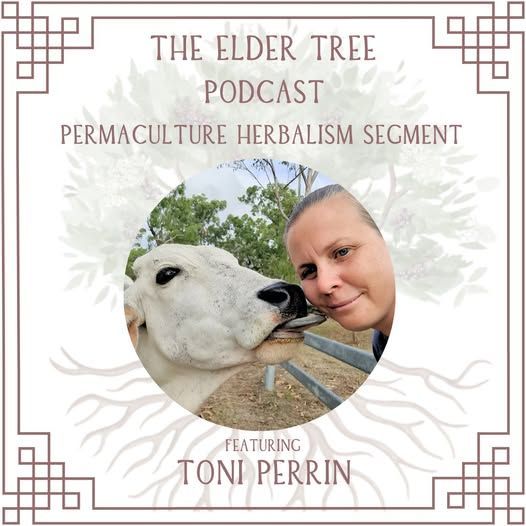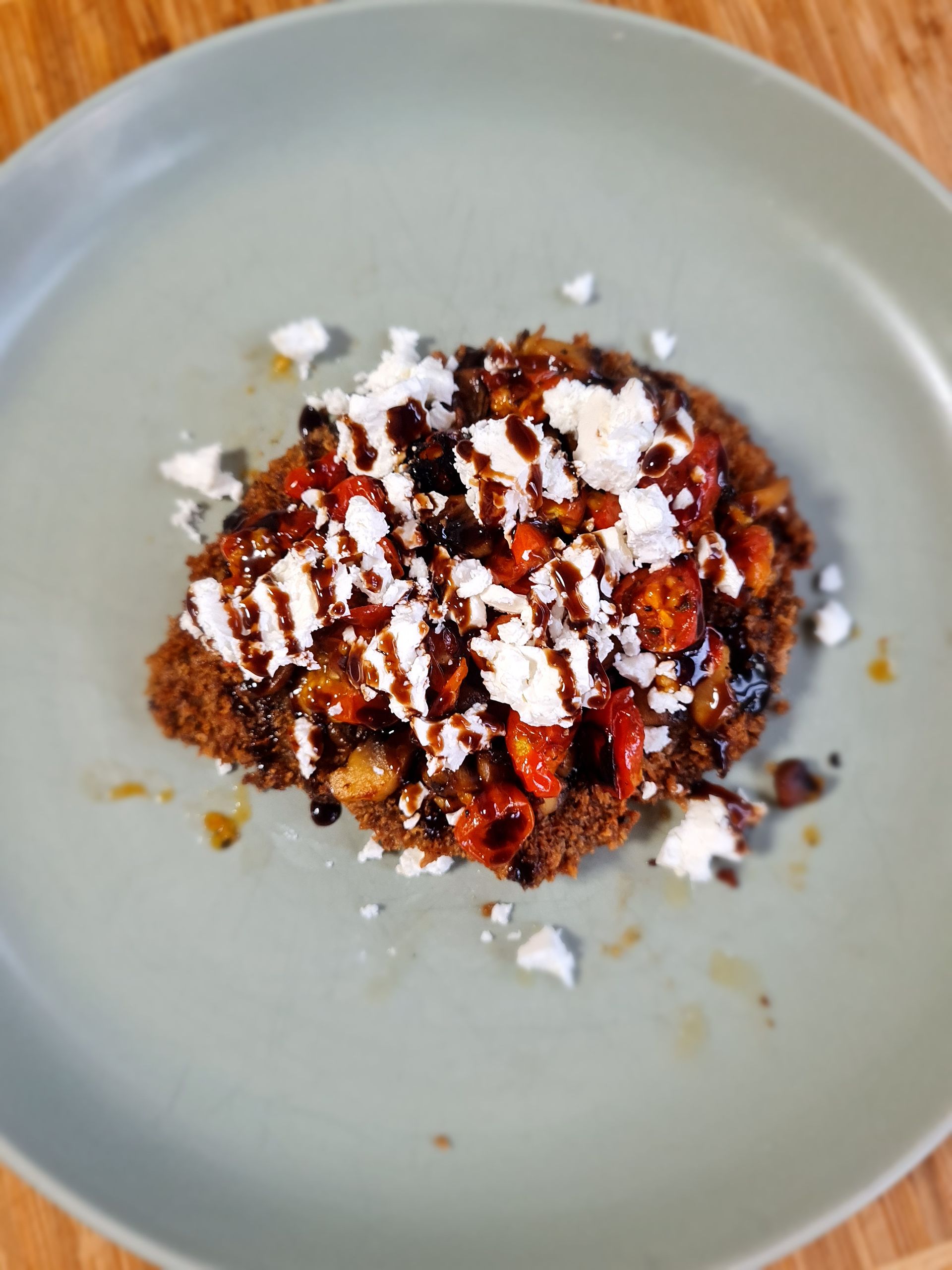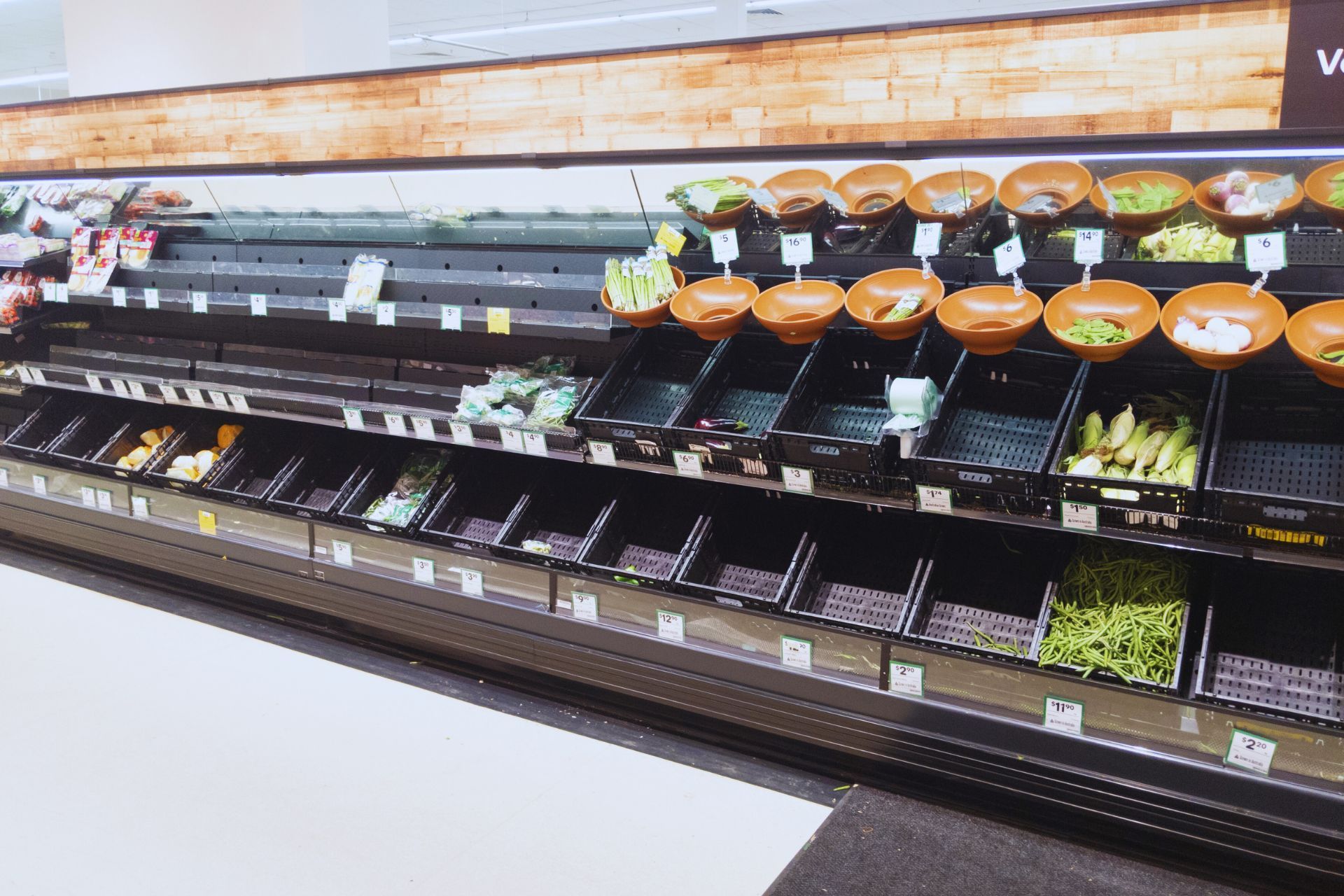Soil Health
Soil health – it’s something lots of people talk about but what’s the big deal and why should you care about it?
In this article, we will do our best to explain it without getting too technical.
What is soil health?
When we talk about soil health, we are referring to the condition of the soil, the microbiology of the soil, mineral content, organic matter content, the soil’s ability to sustain productive plant life, and the overall health of the soil ecology.
The symbiotic relationship between soil heath and plants
Nature is incredible by design. Everything has a purpose and many species rely on each other to survive.
The relationship between soil and plants is no different. For a very long time, people thought of soil as a dormant thing that plants just happened to grow in. When you take a closer look though, you’ll discover that healthy soil is teeming with microscopic life such as bacteria, fungi, protozoas, algae and more.
Contrary to popular belief, it’s actually the microorganisms that feed the plant and not the soil itself. Every plant innately knows what it needs to thrive and through its roots, it will release exudates that feed the microorganisms that will in turn deposit the natural chemical or mineral that the plant needs.
Think of it like a pizza delivery. You (the plant) are craving a pepperoni pizza (whatever mineral the plant is craving). The pizza delivery guy (the microbe) arrives at your home, takes payment (exudates) and leaves behind the pizza (mineral rich poop) before he heads off to his next delivery. If you were craving something sweet, you might order ice cream which would mean a different delivery driver would come and drop off the goods.
So the plant feeds the microbes which in turn deposit what the plant needs. Different microbes are attracted to different exudates and deposit different minerals/chemicals.
What role do fertilisers play in soil health?
Traditional farming discovered that plants needed certain minerals/chemicals to survive and started applying them directly to the plants and soil and saw fantastic results. This has been the case for a very long time but as time has progressed, farmers have found themselves having to apply ever-increasing amounts of fertilisers to get the same results.
The reason for this is that when the plant gets what it needs directly from the fertiliser, there is no need to release exudates to feed the microbes and over time, the life in the soil starts to dwindle making the plant more reliant on the fertilisers.
Truly healthy soil just needs to be fed organic matter so the microorganisms have something to eat when they aren’t gobbling up exudates.
So how do the microbes get in the soil in the first place?
Soil that starts out healthy will already contain microorganisms in it. Microorganisms also eat decaying organic matter such as wood chips, leaves, meat, fruit, vegetables, manure etc. In fact, it’s the microorganisms that help the organic matter to break down and as they do, they turn it into beautiful, nutrient rich compost.
That’s why composting is so amazing for your soil health – the organic matter in your compost feeds those microorganisms that multiply exponentially as long as they have plenty of food.
Microorganisms need food, air, and water to survive. When you don’t plant anything in the soil and don’t continue to feed the soil, those microorganisms that are keeping your soil healthy and alive start to die off. If left, the soil will become barren and won’t be able to support life.
If unhealthy soil is barren, how do weeds grow in it?
Nature always finds a way to survive which is why you find weeds.
Weeds are simply plants that have grown in a place that you don’t want them to. In nature’s view, weeds are soil healers. Thousands of seeds of all sorts exist within soil at any given time, but they all require different conditions in order to germinate and grow.
The truth is that weeds can tell us a lot about our soil. For example, sensitive weed is one that many Australian’s will be familiar with – nobody wants it in their garden and we certainly didn’t plant it there but yet it will grow in seemingly random places. When you look at the structure of sensitive weed, you’ll see that it has deep roots which are ideal for breaking up compacted soil so its likely that you’ll find sensitive weed in high-traffic areas of your garden/lawn. By sending those roots down deep, the sensitive weed opens up pathways for water and oxygen to reach any microbes down deeper and feeds them to help them multiply and thrive. Over time, as the soil health starts to improve, other seeds will germinate and feed the microbes with different exudates creating an environment that is no longer ideal for the sensitive weed and it will die off, feeding the microbes further.
This is how areas that are left without human intervention can reforest themselves and become thriving ecosystems able to support many forms of life.
Why is soil health relevant to me?
Plants that are grown in soil that is rich in a variety of microorganisms have access to all the nutrients they need to grow nutrient dense fruits, vegetables, nuts and seeds. That means that the produce grown in soil that is rich in organic matter and microscopic life is healthy than those grown in less than ideal soil conditions.
When you consider that we are what we eat, don’t you want to fuel your body with food that is nutrient dense?
How is soil health relevant to meat?
All the animals we eat are either herbivores or omnivores. That means at some point, they have eaten plants to survive and grow. If those plants have been grown in healthy soil, the animal will absorb more nutrients from the plant and in turn be healthier themselves.
Cattle are the perfect example of this. Cattle eat grass and legumes. Not all grass and legumes are the same – just like a tomato that has been grown in healthy soil will taste better and be more nutritious for us, the grasses and legumes that grow in healthy soil are tastier and more nutritious for the cattle.
Cattle fed on healthier grasses and legumes have better overall health than those who aren’t and the people who eat those cattle are able to absorb more of the 10 essential nutrients present in the healthy beef that those cattle become.
The final takeaway
I hope you learnt something about soil health from this article.
Maybe it will help you to ask more questions about where your food comes from and help you to make informed decisions for better health for you and your family.
As always, if you have any questions related to this article, please don’t hesitate to get in touch.
Share with a friend
Here's some more you might like...






